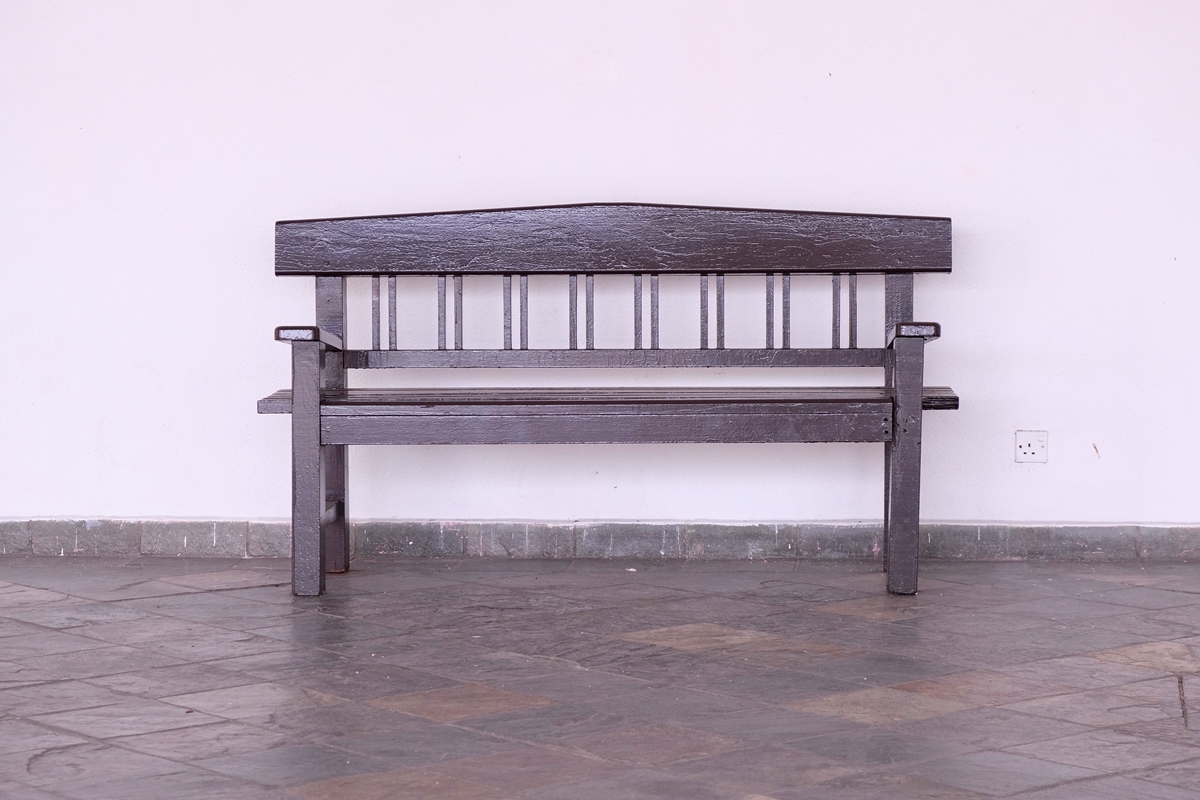I admit that I love working on outdoor projects, but that means you need to consider a few other things. For example, knowing the best woods for outdoor projects will be key, and in this instance cypress, ipe, teak, redwood, cedar, mahogany and fir are all excellent choices.
But I don’t want that thought of different conditions to put you off those outdoor projects. There are so many things you can do in order to really get to grips with producing something that will not only work but also stand the test of time.
So, I will help you out. What I’m going to attempt to do is to guide you through not only how to protect the wood for those outdoor projects but to also go more basic than that.
Yep, I will tell you all that you need to know about the seven best woods that you can use for your outdoor projects.
By the end, I think you will find it significantly easier to go ahead and plan your outdoor project and know the exact material you will use. I promise it makes a huge difference, and you should even feel more confident in your ability to produce the project you have in your mind.
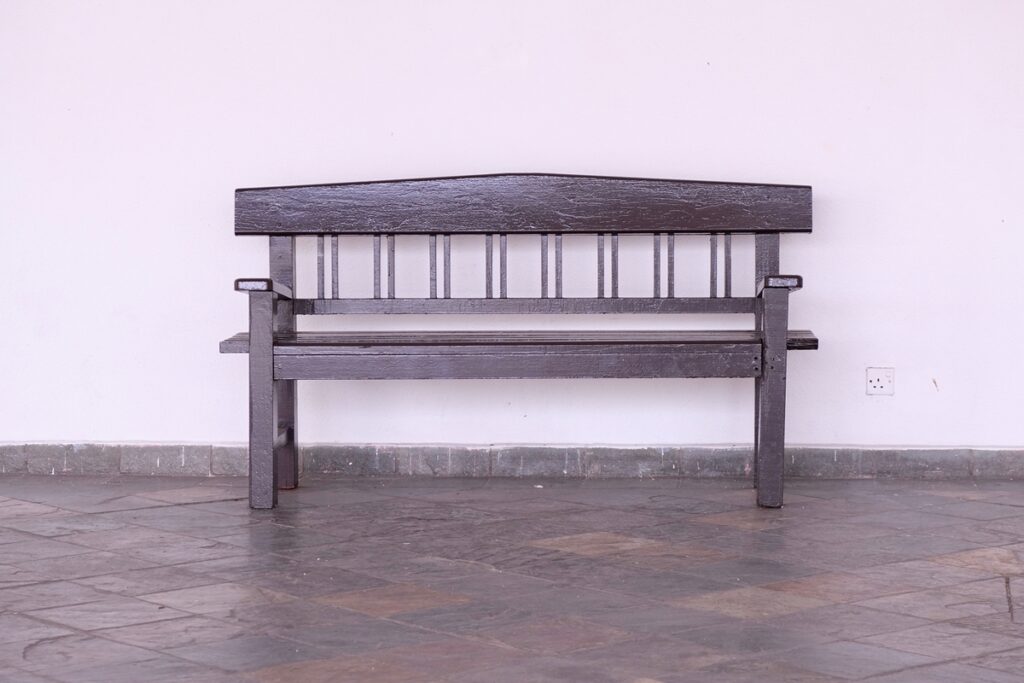
Table of Contents
Hardwood is the Best
Before I dive into the seven different kinds of wood, let me help narrow down the options you should be looking at using. The overwhelming consensus is that hardwood is the best as it has the general ability to withstand poorer conditions for longer than with softwood.
But the problem here is that not all hardwood is the same. Some options perform quite poorly when placed in certain situations, so the list of seven kinds of wood I have listed below should be capable of addressing the problems you may run into.
I do feel that some people fall into the trap of thinking that any kind of wood is going to work in any situation. Yet, that’s completely wrong, and it could potentially damage your project, and even shorten its lifespan.
So, after clearing that up, let’s go through the seven different kinds of wood I suggest you use for your outdoor projects. Also, you will quickly discover there’s no need to have any special tools to work with any of these woods. Ultimately, there’s nothing to stop you from making progress with your projects.
1. Redwood
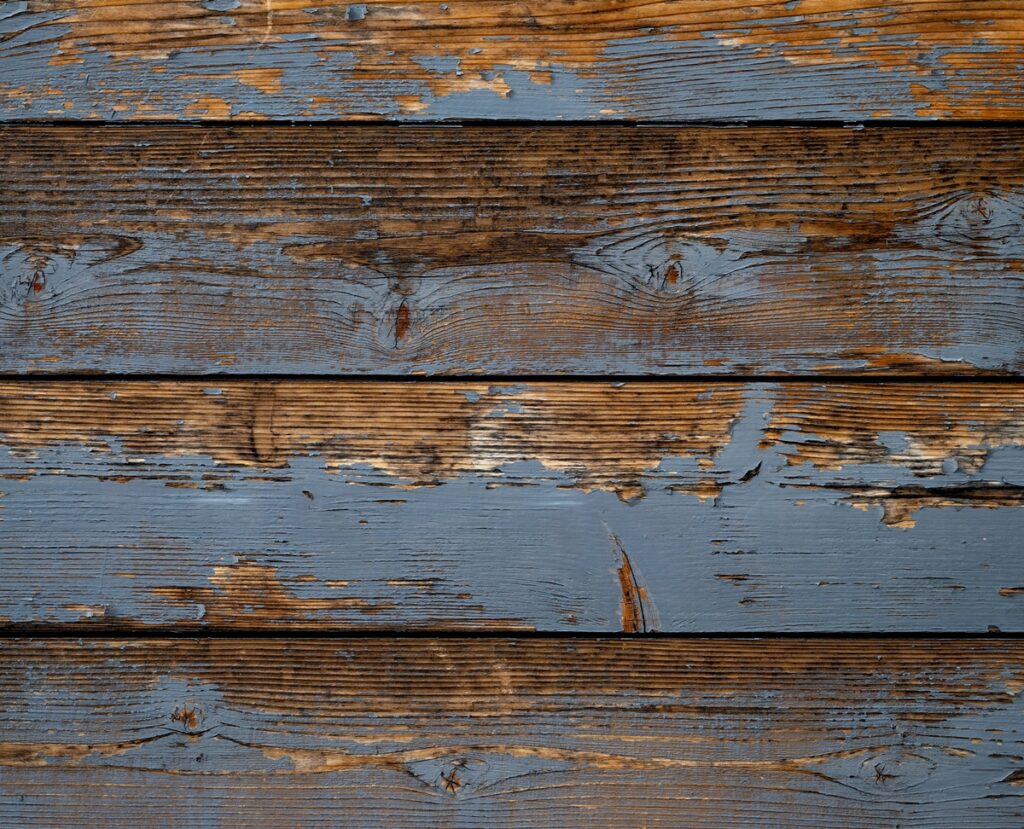
What I love about redwood is that it’s almost naturally resistant to rot. Now, I know that doesn’t apply under extreme circumstances, but there’s no doubt it does put up a fight against mother nature to the best of its ability.
What you should know is that redwood has this ability as it produces a natural chemical within the wood that fights against not only decay but also insects. This alone gives it some additional strength as it effectively stops anything that could get into the wood and weaken it from ever having a chance to do that.
I also appreciate how redwood comes with straight grain, which does provide the wood with a real sense of stability. This is something that does help to prevent decay, and it’s a significant reason why redwood is so popular when it comes to picnic tables and other outdoor furniture items.
But aside from its ability to resist moisture and the weather, I also love how smooth this wood will be. It really makes a difference when working with it when you know that you don’t have to work quite as hard with the end product as you would have perhaps expected. Also, cutting the wood will not prove problematic, so there’s no requirement to blast the wood with specific tools to get the cut you want.
Pros
Cons
2. Western Red Cedar
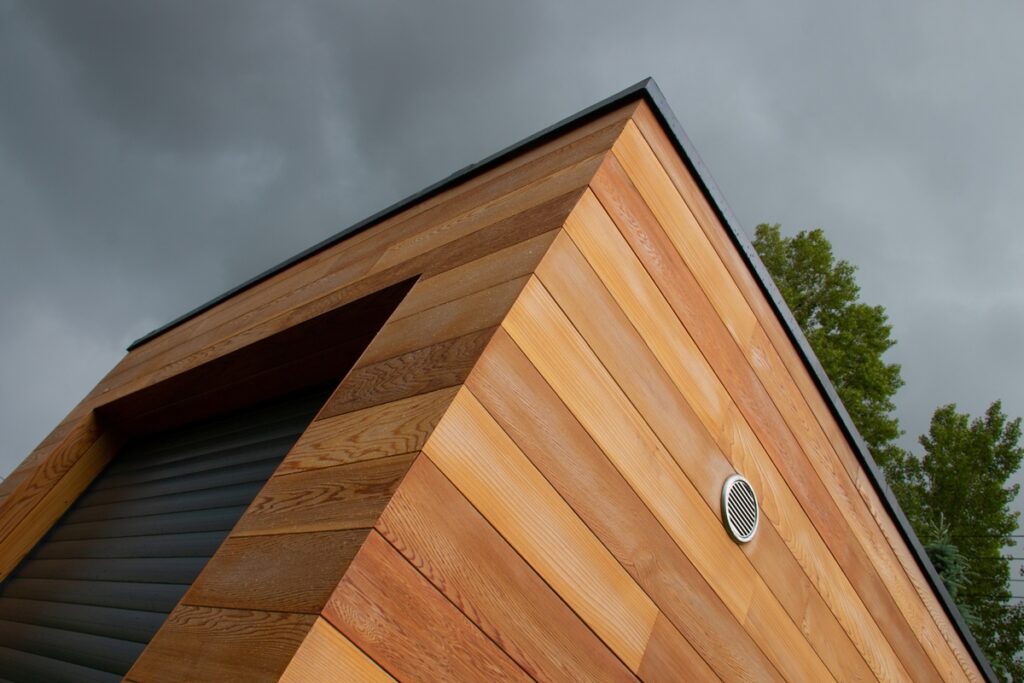
For me, another fantastic option is to use western red cedar, which is for the same types of reasons I just mentioned with redwood. Seriously, it’s a gorgeous type of wood, and any outdoor project can quickly become a real standout feature.
This is another type of wood that has a certain degree of natural resistance to decay, and even though it cannot stop it 100%, It too has that in-built resistance to moisture, so it means the weather conditions need to be pretty brutal to start to have an impact.
Now, I know I mentioned at the outset that hardwood is best, and including cedar goes against that, but let me quickly explain.
You see, cedar is indeed a softwood, but its durability is outstanding. It’s all thanks to it too having those natural chemicals that stop moisture from really penetrating into the core of the wood.
The chemical here is a natural anti-fungicide, and that’s key. It stops those rot-inducing fungi from getting into the wood and basically eating it from the inside. It’s even believed that this natural chemical is so good that untreated furniture made from this wood could last for around 20 years outdoors before it starts to show any problems.
So, if you want to use something that is durable, easy to use, and also looks great, then I would certainly consider cedar. Also, it’s very easy to purchase, so there’s no excuse for not having enough wood for your project.
Pros
Cons
3. African Mahogany
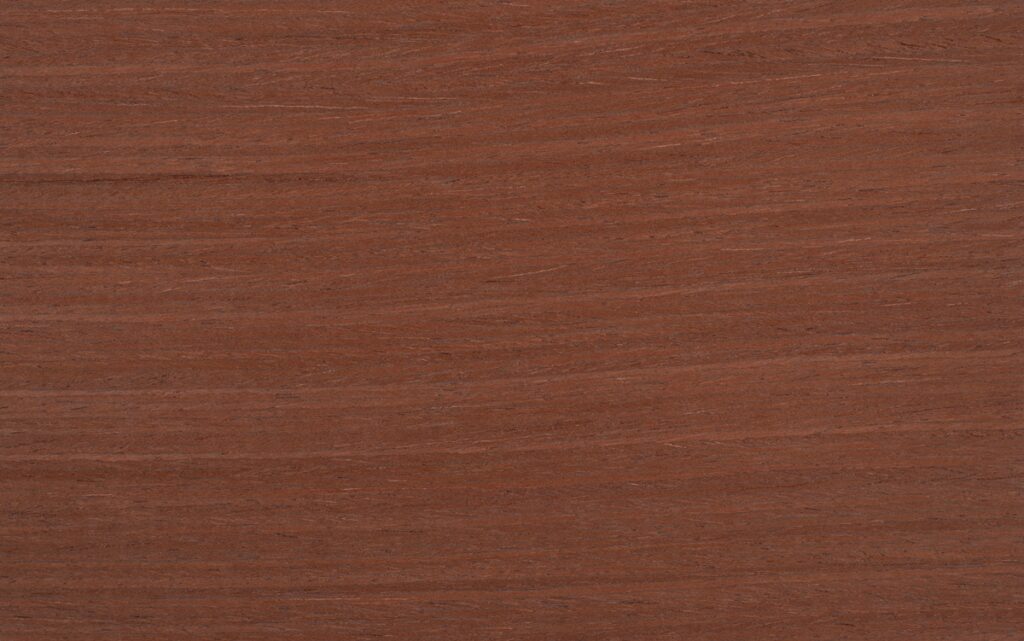
Mahogany is known for being sturdy, so it’s no surprise that it ends up appearing on this list. However, there’s more to mahogany than just being resistant to decay.
What I also love about this wood is that it’s not going to warp on you. That means it’s easier to work with it, even though cutting through mahogany can be a slower process thanks to how stiff it is as a material.
Now, if you know anything about wood, then you are probably aware of just how hard mahogany tends to be, and that’s a big deal when it comes to this weather resistance. This hardness level, which is high, but not the highest out there, is going to help your outdoor project to last for longer than you thought possible.
This wood is just not going to warp, twist or even shrink in harsh conditions. It stays almost exactly as you want it, and that does give you some confidence in then using it for any of your projects.
It’s partly thanks to how tight the grain is in this wood. It’s so densely packed together that it gives it so much solidity that you feel as if the wood can last for decades without running into problems. Well, it probably can, but I still recommend giving it some added protection to ensure it lasts even longer and without you having to carry out constant repairs.
Also, if you are worried about the cost, then mahogany does not come with as high a price tag as people often believe. Yet, if you know you are going to use wood that could last decades without decaying, then paying a bit extra for some quality wood makes sense. You save money in the long term anyway.
Pros
Cons
4. Teak
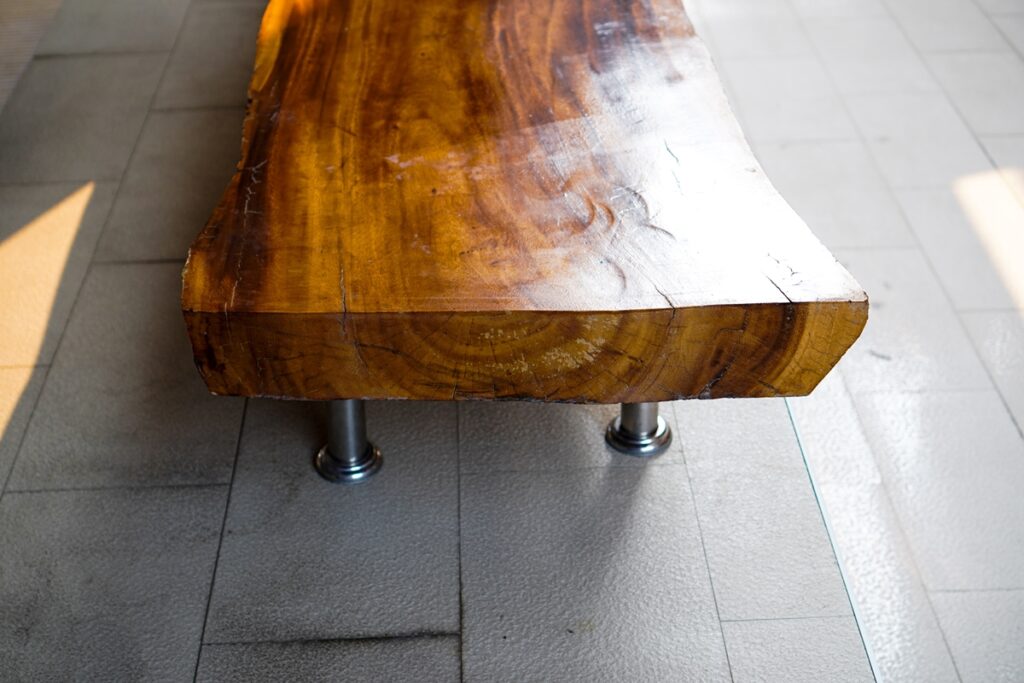
Teak has always been highly sought after as a wood for outdoor projects, and this has been going on for centuries. In the past, it was wood used for boat building, so that should indicate how it copes with wet weather.
This wood is also highly stable. That means it doesn’t split or warp, and when you add this in with its anti-decay properties, then you start to understand why it does come with a premium price attached to it.
I feel that teak comes with some amazing grain, and it just looks so good when used in outdoor furniture. It’s no surprise that it can also last outdoors for so long when you think that teak oil is even applied to other types of wood to act as a preservative, and teak wood obviously has that oil just sitting there naturally.
You will struggle to see teak decaying or becoming weaker due to the effects of rain, snow, or even the sun beating down on it. Sure it will happen eventually, but chances are that you will have moved on from the project and replaced it with something else just because you were bored rather than because it is due to decay.
But there is one problem with teak, and it’s the way it’s sourced. You want to go for a sustainable sourcing approach, and sadly that’s not always the case. Do your research beforehand and check where the supplier gets the wood from. It’s just better for the planet to do it that way.
Pros
Cons
5. VG Fir
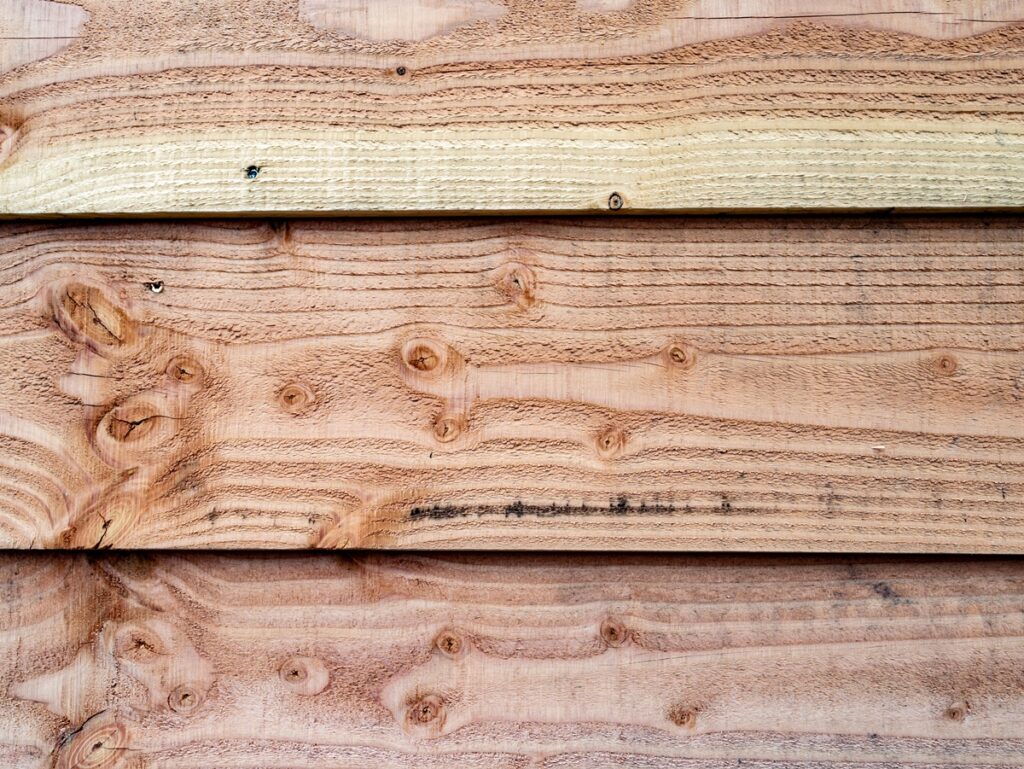
VG Fir stands for Vertical Grain Fir, and it’s the VG part that’s the most important here. You see, this type of wood has been the main choice when it comes to external porches, and those porches need to contend with everything that nature can throw at them. That alone should give some insight into how sturdy this material will be.
I do admit that this type of fir is not as stable as some of the other woods I’ve mentioned here, but left untreated, it should lead to it lasting around 15 years before the weather conditions would take their toll on the wood.
But I do still think it’s a great option if you are willing to put in the work and really care and treat the wood every now and again. Fir is very easy to work with, and it still doesn’t shrink or twist that much compared to other options you may have gone for. Also, you can glue things together with ease.
I also appreciate that this is more of an affordable option for most people, so if you are trying to strike that balance between quality wood and a quality price, then fir may indeed be the one you choose.
Pros
Cons
6. Ipe
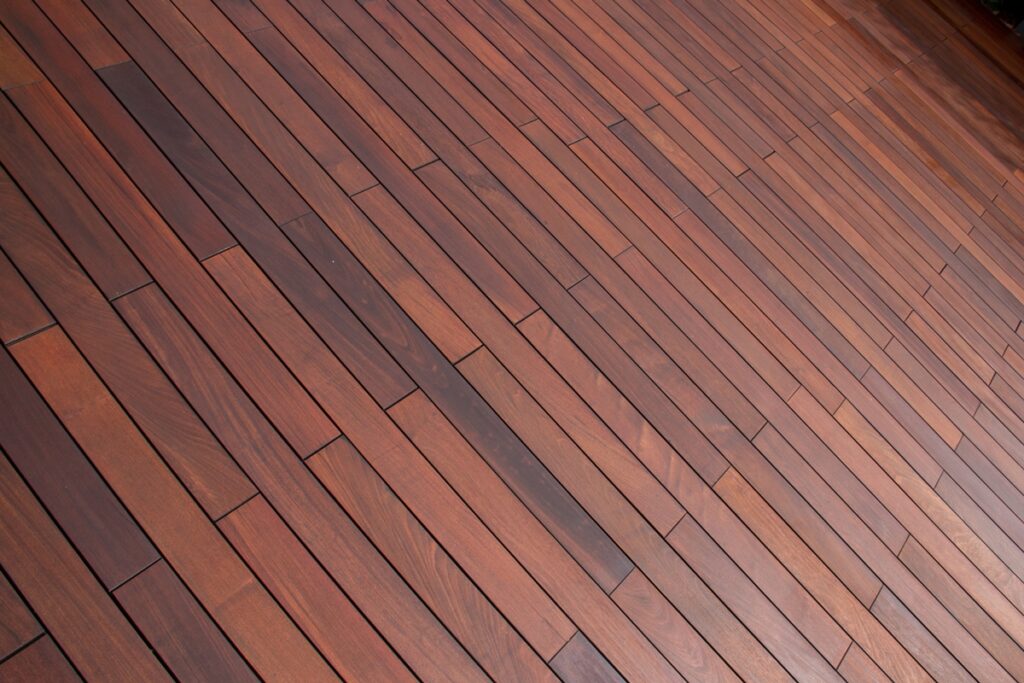
If you have never heard of this wood, then I suggest you change that if you intend on carrying out a variety of outdoor projects. That’s because this wood, which comes from Central and Southern America, is a fantastic choice for various reasons.
Actually, this wood could be the perfect choice if you plan on adding some decking, and it’s thanks to the way it is very dense, and it just does not warp even under some very harsh and challenging conditions. However, it can be expensive, so that could be a deciding factor for you when it comes to choosing the type of wood you plan to work with.
Many feel that untreated Ipe wood could last up to 40 years outside without too much in the way of tarnishing or decaying. That’s impressive, but on the flip side, it’s known to be a type of wood that is exceptionally difficult and tough to cut.
This is because of how tightly packed together the grain tends to be, which gives it a solidity that far outstrips so many other woods out there. This does make it a perfect choice for a decking area as it won’t be troubled by people walking over it, as the wear and tear of this will be minimal for a plank of wood this thick and sturdy.
But as I said, it is expensive, and it’s not a wood I would try to work with if I was new to woodworking. It will resist your efforts to shape it unless you have quality tools capable of throwing out a whole lot of power.
Pros
